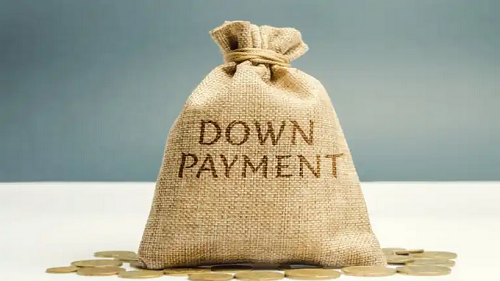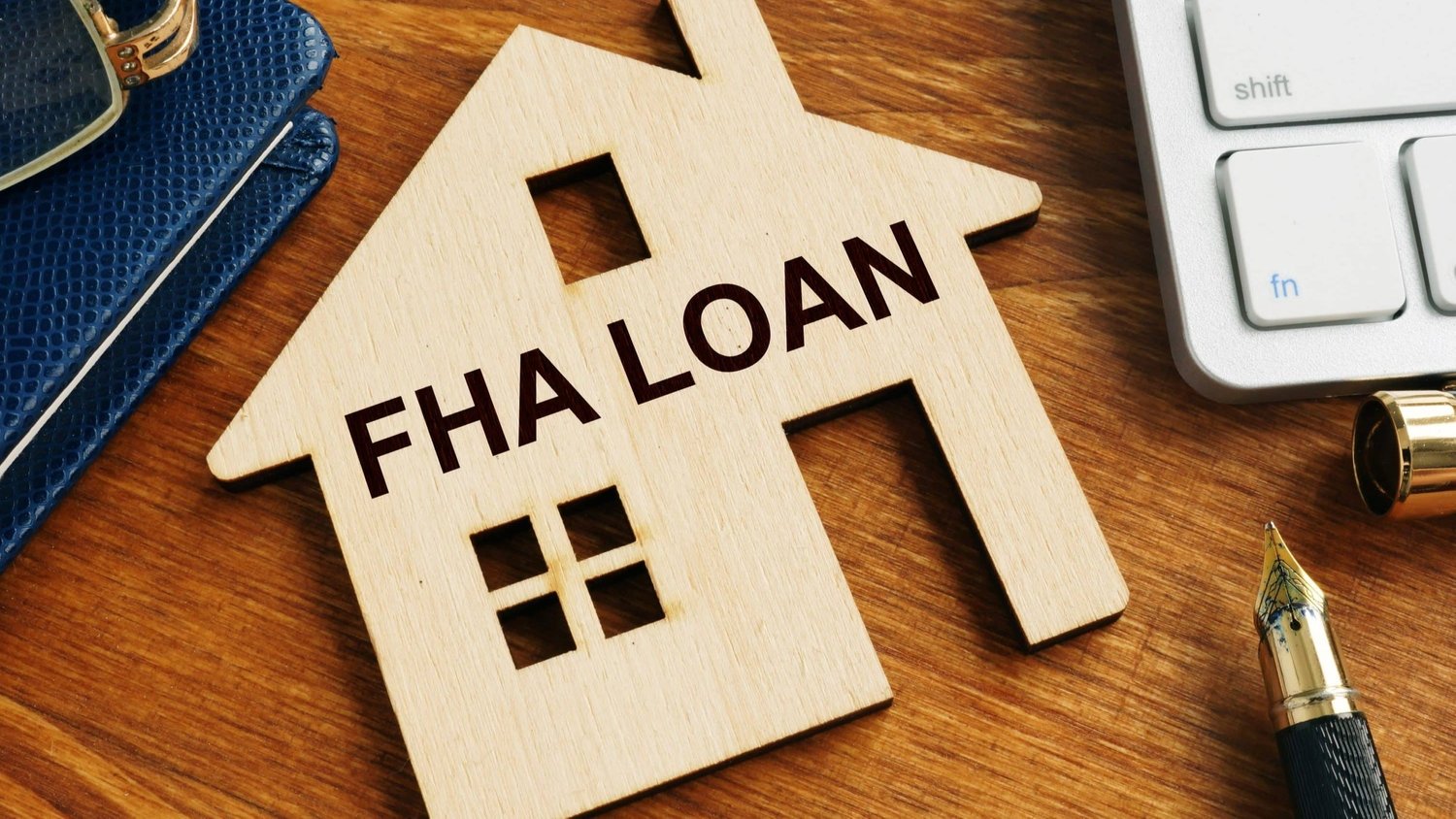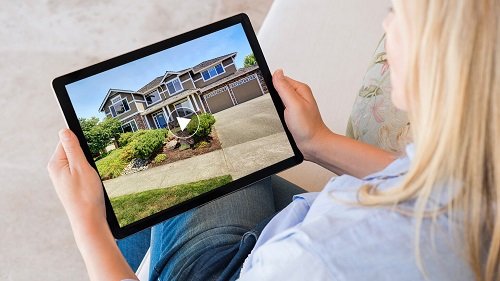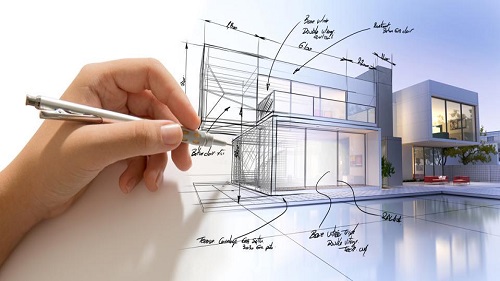
Mortgage Dove
How Much Do You Need For A Down Payment To Buy A House in 2022?
The biggest challenge for purchasers who are thinking about buying a home is often being able to come up with the money. How much of a deposit do you need? This is dependent upon the type of loan you are taking out, the lender, and your objectives.
What is a down payment?
Down payment refers to the cash you deposit in advance for a big purchase, like the purchase of a house. The loan you take out is used to cover the remainder of the cost of your purchase over time. The down payment is usually displayed as a percentage of the cost. A 10 percent down payment on a $350,000 cost of home would be $35,000.
If you are applying for a loan to buy a house, the down payment is your contribution towards the purchase. It also represents the initial ownership stake you have in the property. The mortgage lender is responsible for the remainder of the funds to purchase the home.
Lenders require an initial down payment to secure most mortgages. However, certain kinds of loans insured by federal funds might not require down payments.
Do you need 20% down to buy a house?
The concept of a 20% down payment may make home ownership seem unrealistic, however, the good news is that a small percentage of lenders will require this at the time of closing. However, it might still be sensible to make the full 20 percent of your purchase price if you can.
Before you make a decision, you must weigh the advantages and disadvantages of making a large down payment to evaluate what is just practical for you and what is most beneficial for your goals and budget.
What are the advantages and disadvantages of a 20% deposit?
Let's weigh the advantages and disadvantages to see how a large down payment can reduce other obligations and costs.
Pros of making 20% of the deposit on a house
A down payment of 20% is widely regarded as the best amount for down payments for all loans and types. If you can place 20% down on your home, You'll gain a few significant advantages.
1. No PMI. 2 0 percent down payment is required to avoid paying for private mortgage insurance (PMI). Your lender is covered by PMI insurance if the mortgage loan is not repaid. If you don't have 20 percent down, you may request that your lender eliminate PMI after you've reached the 20 percent capital in your home.
The portion of a home's value that you actually own is referred to as equity. Here are two strategies for increasing equity:
- If the value of your house increases
- If your monthly mortgage payments allow you to pay down the principal on your loan
When you have at least 22% equity in your house, most lenders will immediately revoke your PMI.
2. Better interest rates. The interest rate is the portion of the principal, or remaining balance on your mortgage, that your lender charges you each month for borrowing money. The more your down payment, the lower risk you pose to lenders. You might qualify for reduced interest rates if you can put down at least 20% at closing on your mortgage. You may save thousands of dollars throughout your loan with an interest rate that is just one or two points lower.
3. Lower monthly payments. The more down payment you make, the less you'll need to borrow to cover your mortgage. The lower your borrowing, the lower your monthly mortgage payment will be. This will make it easier for you to budget for monthly expenses like maintenance and other costs.
4. Competitive advantage over other buyers. Sellers of homes typically prefer working with buyers who have a minimum of 20% of their down payment. A higher down payment indicates that your financial situation is much more assured of being in good order and you will have less trouble finding a mortgage loan. If the home you're looking for is located in a desirable area, this puts you ahead of other prospective buyers.
Cons of making 20% of the deposit on a house
For some people, the 20% down payment choice is not the ideal one. Some buyers can't afford the cost. Others prefer to keep some funds for repairs in the future and other costs. If you're trying to decide the amount of down payment you require to purchase a home take a look at these disadvantages.
1. Higher risk of financial failure. It's difficult to get your money back once you've put it down for a mortgage. It can be a good idea to put down less money and increase your emergency fund if you believe there's a possibility you'll need the funds for something crucial in the future.
2. Lower cost for repairs and other items. Homes that simply require a few minor repairs might be very affordable for first-time buyers. But the bigger amount of your deposit, the lower the amount you'll have to invest in fixes and repairs.
3. Longer time to save. For most people, it may take months, years, or even decades to save for a down payment. When you consider how much you'd be paying in rent each month, waiting until you have a 20% down payment can result in a significant loss of opportunity. It could be more affordable in the end to buy a house today instead of paying rent as you save to make the 20 percent down payment.
Is making a big down payment on a house better?
The advantages of making a sizable down payment on a home include more mortgage alternatives, lower interest rates, increased negotiation power with a seller, and the avoidance of paying mortgage insurance and certain other expenses. However, a lesser down payment can be preferable if making a larger one would leave you short on funds for other monthly bills or your long-term savings objectives.
What are the requirements for a minimum down payment?
Depending on the type of mortgage you intend to apply for, the different minimum down payments are needed for different types of homes:
- Home loans with no down payment . Backed by American guarantees VA loans from the Department of Veterans Affairs often don't call for a down payment. Veterans Affairs (VA) loans are available to qualifying surviving spouses and active-duty military personnel. USDA loans, which are backed by the U.S. Department of Agriculture's Rural Development program, also do not require a down payment. USDA loans are offered to homeowners in suburban and rural areas who can meet the program's income limit as well as other requirements.
- Mortgages with a minimum down payment of 3% . As little as a 3% down payment is needed for several conventional mortgages, including HomeReady and Home Possible. Although conventional loans are not backed by the government, they do adhere to the down payment requirements established by government-sponsored enterprises, or GSEs Fannie Mae and Freddie Mac.
- Mortgages with a 3.5% minimum down payment . If you have a credit score of at least 580, you qualify for FHA loans, which are backed by the Federal Housing Administration, for as little as 3.5% down. FHA loans need a 10% down payment if your credit score is between 500 and 579.
- Mortgages with a down payment as low as 10%. Jumbo loans are mortgages that exceed the conforming loan restrictions set by the Federal Housing Finance Agency. Because the GSEs cannot guarantee these large loans, lenders frequently demand larger down payments to help mitigate some of the risks.
You may pay for the guarantee with fees or mortgage insurance with low- or no-down-payment loans, depending on the scheme.
Other aspects to consider when making the amount of your down payment
The mortgage payment is one aspect of your household budget. In that light, there are other things to think about when planning the amount of the down payment
- You should keep some savings to deposit in the savings account. Do not use all your savings to make a down payment. You can become "house poor ," spending an excessive amount of money on mortgage payments.
- Do not forget to think about closing expenses. It is also essential to ensure that you have enough money available to pay closing costs, typically ranging from about 2% of the purchase cost.
- Make a plan for the ongoing costs of homeownership. Making sure you have a cushion in place for repairs and maintenance of your home, and even potential emergencies is a smart option even if you're buying an apartment that is ready for move-in. All in all, you need to ensure that your down payment will leave the buyer with enough funds to cover the entire cost of buying a home.
- Explore the market. Research and examine the mortgage rates of a minimum of three to five lenders. Be sure to check out mortgage programs provided by lenders. Also, look into down payment assistance options, especially for first-time home buyers.
What is the amount I require to purchase a house for the first time?
The median home price in the United States as of October 2021 is around $404,700.14. Assuming a 20% down payment is needed, you would require $80,940 additional funds for closing charges to your lender, realtor, attorney, and title firm. There is no minimum amount required, and prices for homes differ from city to city. It all depends on what you're searching for in terms of size and the type of property, location amenities, as well as any other specifics to your particular situation.
"Mortgage Dove makes home financing convenient for every American. You can count on us to provide a home buying experience tailored to your personal needs and financial situation. We strive to give you the peace of mind that your home financing goals can be achieved.”

Mortgage®
www.mortgagedove.com



